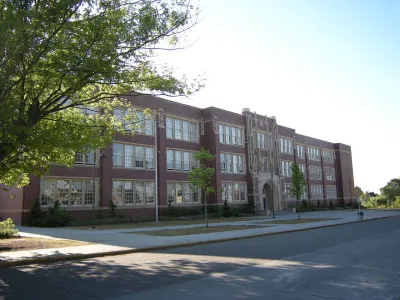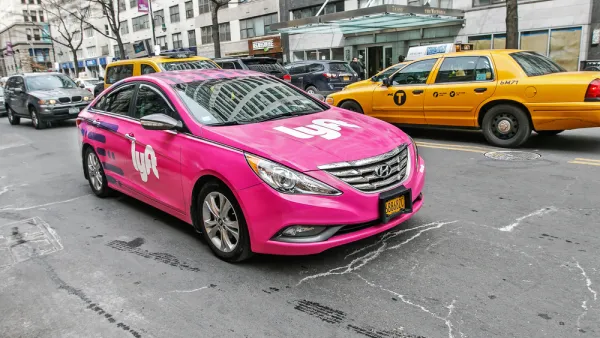In cities across the U.S., the relationship between residential and school segregation isn’t always clear.

Matt Barnum reports on new research showing that neighborhood integration in a city is not always reflected in relative levels of school integration. “The analysis finds that, between 1990 and 2015, 72 percent of U.S. cities saw their neighborhoods grow less racially segregated, by one measure. Sixty-two percent saw their schools grow more segregated over that same period.”
Of the 100 most populous cities examined, Seattle is at one extreme. Neighborhood segregation decreased between 1990 and 2015, but the percentage of highly segregated schools jumped from 3 percent to 17 percent during that time. While this trend was seen in other cities, the differences were not as significant. And in some cities, neighborhood and school integration both increased over this same period.
Understanding the causes of these trends is more complicated because cities face different issues, says Ryan Coughlan, the researcher behind this study. However, he points to the end of court-ordered desegregation and the increase in school choice, including charter schools, as possible factors.
One limitation of the study is that it did not include charter schools, which make up a big part of school districts in some urban areas. Still, these findings have important policy implications, says Barnum. “More integrated schools have long been shown to improve academic outcomes for low-income students and students of color. Living in a more integrated neighborhood has also been linked to long-run benefits for younger kids.”
FULL STORY: In most U.S. cities, neighborhoods have grown more integrated. Their schools haven’t.

Analysis: Cybertruck Fatality Rate Far Exceeds That of Ford Pinto
The Tesla Cybertruck was recalled seven times last year.

National Parks Layoffs Will Cause Communities to Lose Billions
Thousands of essential park workers were laid off this week, just before the busy spring break season.

Retro-silient?: America’s First “Eco-burb,” The Woodlands Turns 50
A master-planned community north of Houston offers lessons on green infrastructure and resilient design, but falls short of its founder’s lofty affordability and walkability goals.

Test News Post 1
This is a summary

Analysis: Cybertruck Fatality Rate Far Exceeds That of Ford Pinto
The Tesla Cybertruck was recalled seven times last year.

Test News Headline 46
Test for the image on the front page.
Urban Design for Planners 1: Software Tools
This six-course series explores essential urban design concepts using open source software and equips planners with the tools they need to participate fully in the urban design process.
Planning for Universal Design
Learn the tools for implementing Universal Design in planning regulations.
EMC Planning Group, Inc.
Planetizen
Planetizen
Mpact (formerly Rail~Volution)
Great Falls Development Authority, Inc.
HUDs Office of Policy Development and Research
NYU Wagner Graduate School of Public Service




























